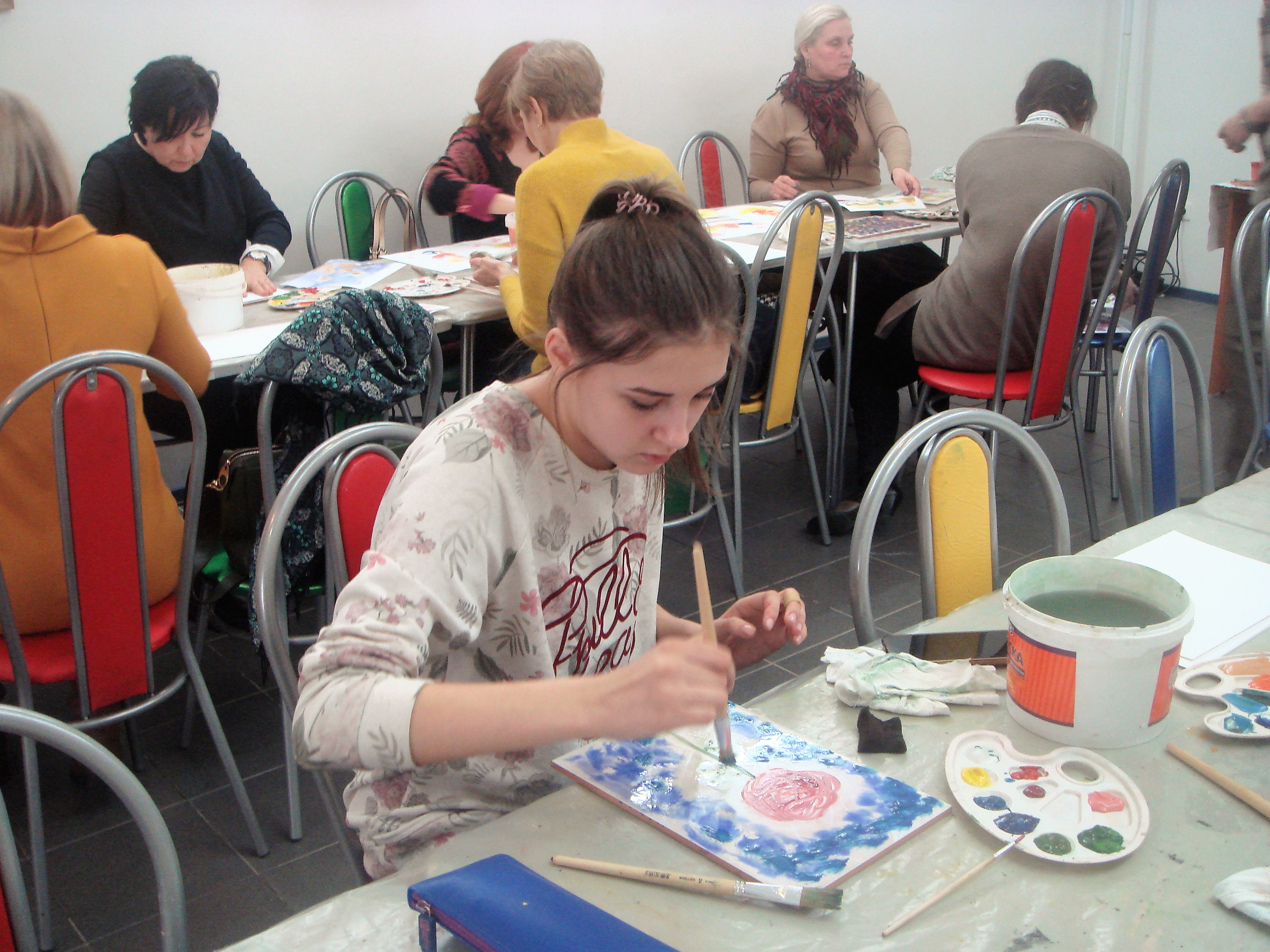
On February 18, the museum hosted a master class “Monotypy”, designed for “professionals and amateurs” – participants in the series of classes “Spot and line. Graphic techniques and techniques “(16+), held in the museum under the guidance of the artist Denis Bulavintsev.
The participants of the master class created author’s prints.
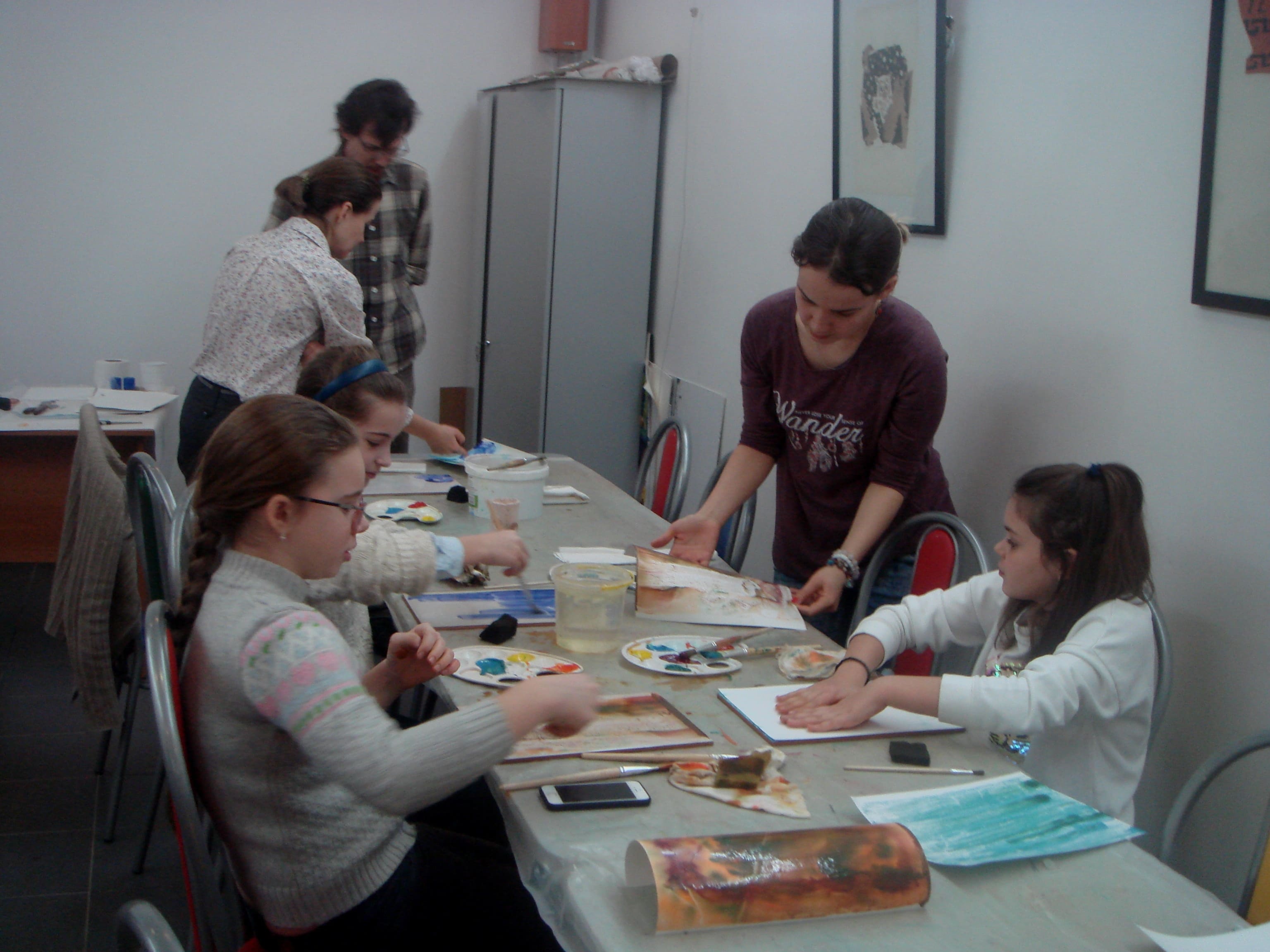
A series of master classes on the schedule “Spot and line. Graphic techniques and techniques “under the guidance of the artist Denis Bulavintsev continues.
On February 11, a master class entitled “Monotype” was held, at which participants worked in a new technique that allows creating only one unique impression from a smooth surface.
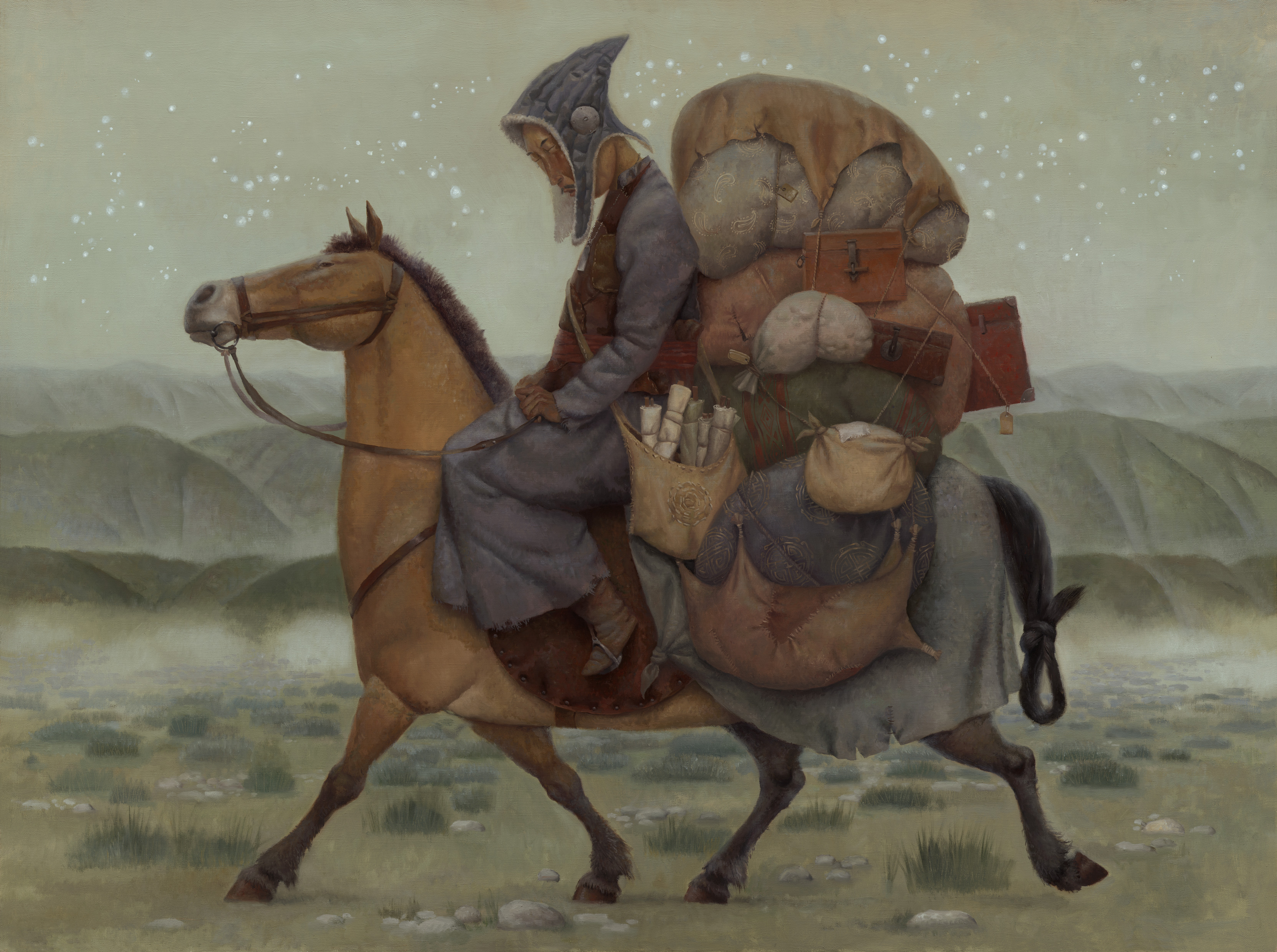
March 3, 2018 in the Voronezh Regional Art Museum. I.N. Kramskoy begins work personal exhibition of the artist Zorikto Dorzhiev “Steppe story.”
The exposition will feature more than fifty art and bronze sculptures created by the artist from 2005 to 2016.
Zorikto Dorzhiev works in easel painting, graphic art, book illustration, sculpture, and also as a movie artist. The creative method of the master is based on the synthesis of several components, the main ones of which are the figurative tradition of the academic school and the cultural heritage of the nomadic peoples of Buryatia.
The author very carefully and delicately conducts work with traditional national images. He manages to avoid populist replication of recognizable elements, ethnographic or museum reconstruction.
Zarikto Dorzhiev creates images that are saturated with the characteristic properties of the culture of Central and East Asia, such as closeness and immersion in themselves, plastic asceticism and lapidary forms, decorative surface design. The background in his works often become the vast expanses of the steppe. Comprehension of the theme of the Great Steppe is the leitmotif of Dorzhiev’s creativity. And the author defines the image of the main hero-nomad – as follows: “A nomad for me is a contemplative. … This is an artist, poet, philosopher. As a rule, he is alone. ”
Dorzhiev’s artistic language combines the graphic silhouette with the massiveness and weight of archetypal forms. Thus, the visualization of oriental poetics is combined with the reflection of mythic-epic tales. The adequacy of time in this case is manifested in the introduction into the tissue of the product of the complex rhythm of the modern pictorial language.
Reference:
Zorikto Dorzhiev was born in 1976 in Ulan-Ude. In 1996 he graduated from the Buryat Republican School of Culture and Art. In 2002 he graduated with honors from Krasnoyarsk State Art Institute (AM Znak Workshop). In the period from 2003 to 2005, he trained in the creative workshops of the Russian Academy of Arts.
In 2004, Zorikto Dorzhiev was involved as a costume designer in the film “Mongol” by Sergei Bodrov. The film received the “Nika” award and the “Oscar” nomination. For his work in the film Alexei Fedorchenko’s “Heavenly Wives of Meadow Marie” in 2014, the artist was awarded the Guild of Film Critics of Russia “White Elephant”, was nominated for the “Nika” award.
Since 2005, Z. Dorzhiev has been cooperating with the “Gallery of Khankhalaev”, which published in 2010 a popular historical novel by Isaiah Kalashnikov “Cruel Age”, which tells of the life of the Mongols in the late 12th – early 13th centuries. The first illustrations for the novel were made by Zorikto Dorzhiev in the form of graphical sheets written by coal.
In 2011, Zorikbook was published – an illustrated book by Zorikto Dorzhiev, in which the author tells about himself and his work.
Personal exhibitions of the artist were successfully held in: Tibet House US (New York), the Russian Museum (St. Petersburg), the Museum of the East (Moscow), Luxembourg, Strasbourg, Brussels, London (with the opening ceremony at the Victoria Museum and Albert), the State Tretyakov Gallery (Moscow).
Zorikto Dorzhiev’s works are kept in the State Russian Museum, the State Museum of Oriental Art, the Irkutsk Regional Art Museum. V.P. Sukachev, Tomsk Regional Art Museum, Buryat Republican Art Museum. TS.S. Sampilova (Ulan-Ude), in private collections in Russia, USA, Germany, Australia, France, Belgium, Great Britain, Canada, New Zealand, Greece, Latvia, China, Taiwan, Kazakhstan and Mongolia.
Zorikto Dorzhiev is a regular participant of the biggest art shows in Russia, the USA, Hong Kong, Singapore, Taiwan and Japan.
The exhibition will last until April 8, 2018.
The cost of a full entrance ticket is 250 rubles,
preferential (for students, schoolchildren, pensioners) – 150 rubles.
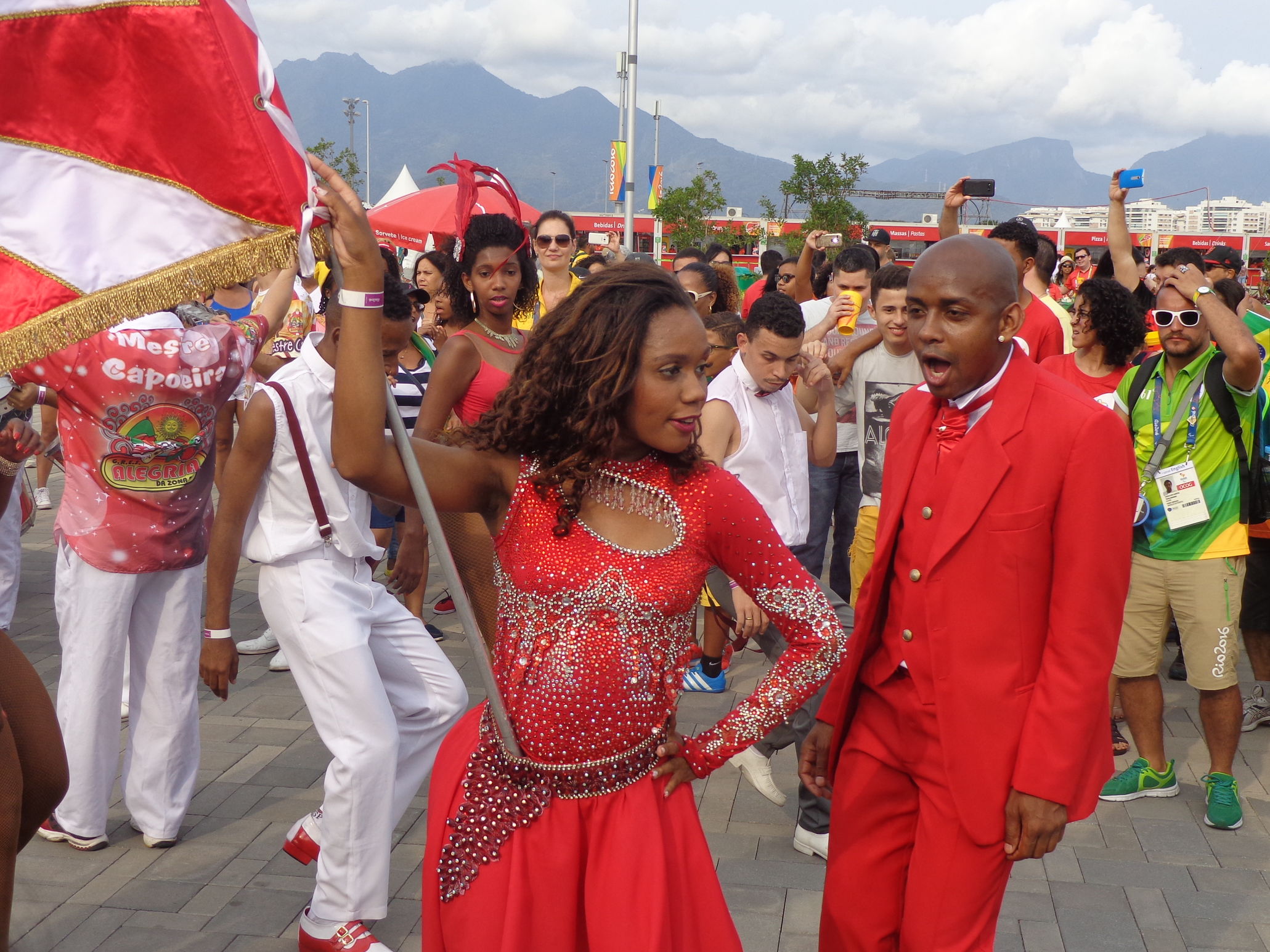
February 28, 2018 at 16.00 hours in the exhibition hall of the Voronezh Regional Art Museum. I.N. The solemn opening of the photo exhibition of the famous Voronezh journalist Vitaly Mukhin “Bright colors of Rio” will take place in Kramskoye.
The exhibition will present more than eighty works by the author, telling about the everyday life of one of the most beautiful cities in Latin America – Rio de Janeiro and its inhabitants, as well as the life of the Orthodox parish of the holy martyr Zinaida and about the Russians, who were destined to be in Brazil, but did not lose connection with Russia.
At 16:30 in the exhibition hall a meeting with the author of the exhibition Vitaly Mukhin on the topic “Russians in Brazil” from the series “Countries and People” will be held. All are invited!
Reference:
Vitaly Mukhin is a journalist, writer, laureate of the awards of the Union of Russian Journalists, Olympic and Paralympic Committees. In professional journalism since 1985. Currently – Deputy Editor-in-Chief of the newspaper “Arguments of the Week. Chernozemye “and the editor-in-chief of” Social newspaper “.
Vitaly Mukhin was one of the top ten sports journalists of the country, determined by the Federation of Sports Journalists of Russia, and in 2004 became the winner of the First National Award of the Russian Olympic Committee “Stars of Sports Information”.
In 2012, Vitaly Mukhin was named the winner of the prize of the Union of Journalists of Russia and the All-Russian Disabled Society “Overcoming”, and in 2013 he was the first Voronezh journalist awarded the highest honor of the Russian Olympic Committee “Honorary Badge” for his services in the development of the Olympic movement in Russia.
Vitaly Mukhin was a member of the torch relay and laureate of the Paralympic Committee of Russia for lighting the Games in Sochi in the nomination “Best Photo Correspondent”.
Vitaly Mukhin is not only a well-known journalist and photo correspondent, but also a talented writer who is the author of more than twenty books, including outstanding athletes and coaches of the country. In addition, he is an organizer and a permanent participant in inter-regional and international sports media festivals held in Voronezh and Ukraine.
The exhibition will last until April 8, 2018.
The entrance fee for all categories of citizens is 50 rubles.
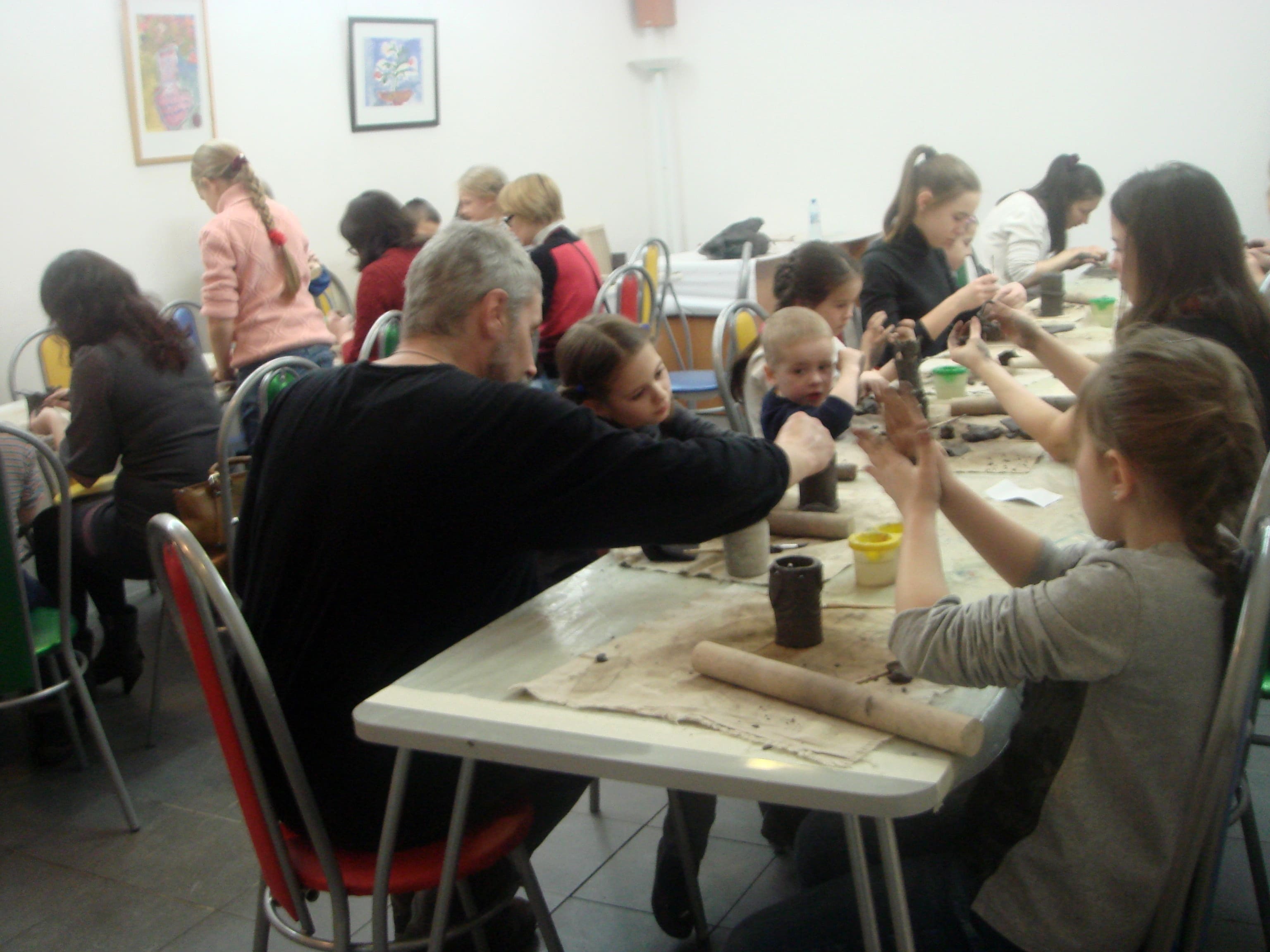
On February 10, the museum hosted another master class led by ceramist Arkady Chudakov, at which the participants created aroma lamps and candlesticks.
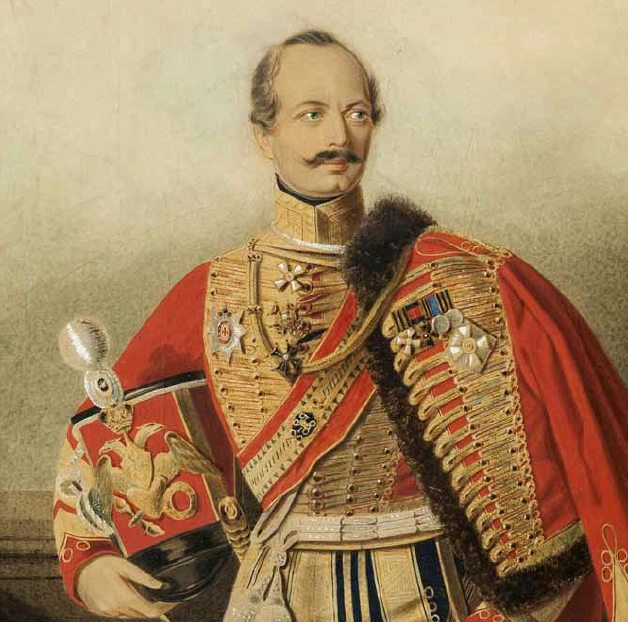
February 21, 2018 on the third floor of the main building of the VOKH them. I.N. Kramskoy will begin the work of the exhibition “Handsome man with his face and face. Watercolor portraits of Alexander Klyunder, fellow soldiers of M.Yu. Lermontov from the collection of the museum. ”
The exhibition will feature 15 watercolor portraits of the artist’s brush. Klyundera from the collection of VOKHM them. I.N. Kramskoy, representing the officers of the Life Guards of the Hussar Regiment – colleagues M.Yu. Lermontov. The works were completed in 1839.
All the works belonged to the regimental comrade of the poet – Alexander Lvovich Potapov (1818 – 1886). A.L. Potapov was the grandson of the Voronezh governor, Lieutenant-General Ivan Potapov (1722 -1791), the owner of the Voronezh Palace, which now houses the Voronezh Regional Art Museum. I.N. Kramskoy.
The collection of A.L. Potapov before the October Revolution was in his estate “Semidubravnoe” Zemlyansk district of the Voronezh province. In 1918-1919 she was transported to the Voronezh Provincial Museum, and in 1933 was transferred to the Voronezh Museum of Fine Arts (now the Kramskoye Military Academy).
The works of Alexander Klunder from the museum’s collection were exhibited in September 2017 at the first in the history of the monographic exhibition of the artist Klünder. Graphics “, which was held in the State Museum of AS. Pushkin (Moscow).
Brief information:
Alexander Ivanovich Klünder (1802-1874 / 75) – portrait painter, academician of watercolor painting, author of a series of watercolor portraits of officers of the Life Guards Cavalry Regiment, Cyrusir and Hussar Regiments, drawings for the “Historical Description of Clothes and Arms of Russian Warriors”, portraits of representatives of the Moscow aristocracy and brilliant military youth, contemporaries of Pushkin and Lermontov’s colleagues.
The exhibition will last until March 18, 2018.
Visiting the exhibition is included in the entrance fee to the museum.
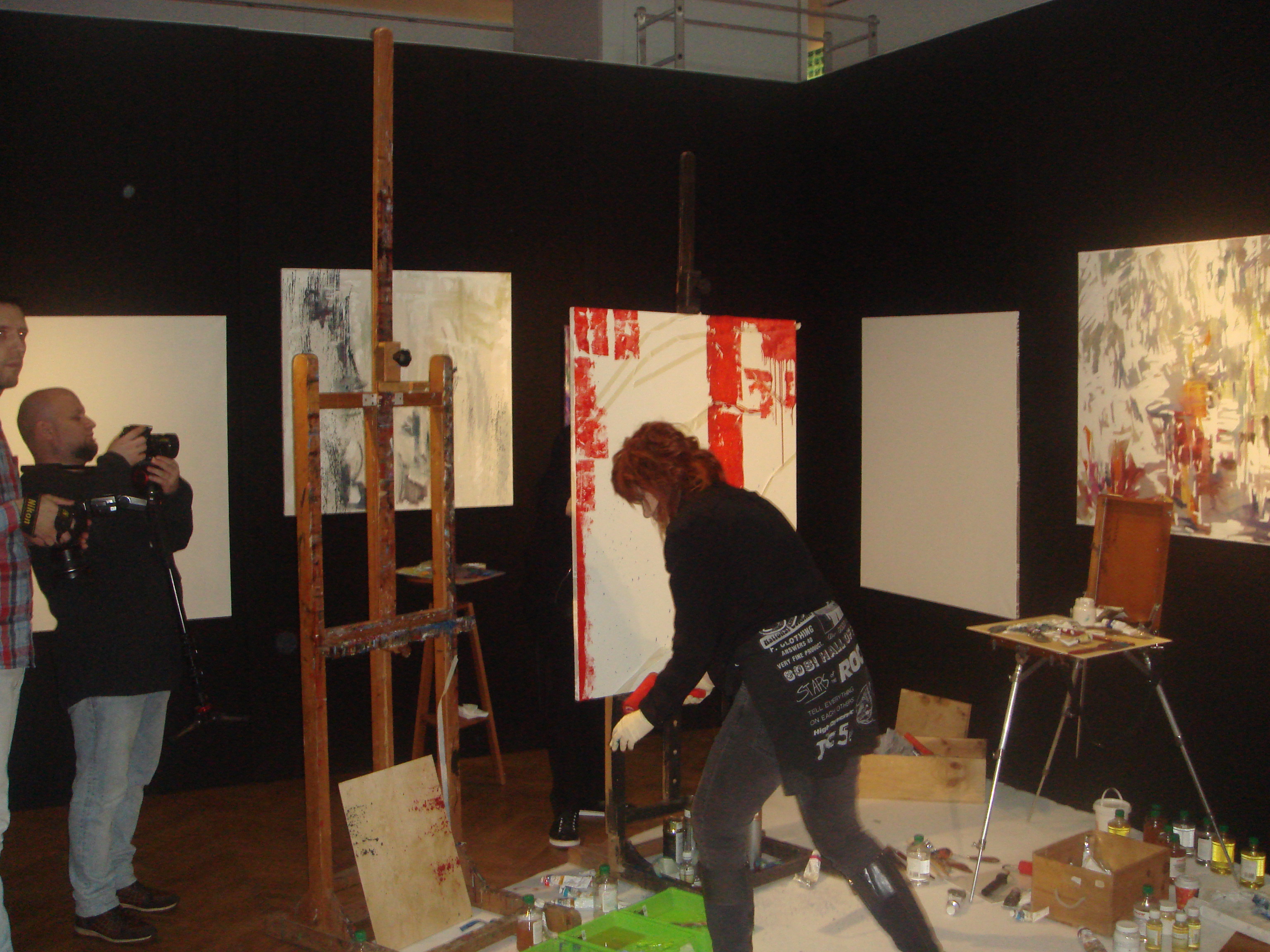
On February 3, within the framework of the exhibition “GRAMMARICS OF ABSTRACTION”, the second PERFORMANCE of the artist Alla Reshetnikova was held.
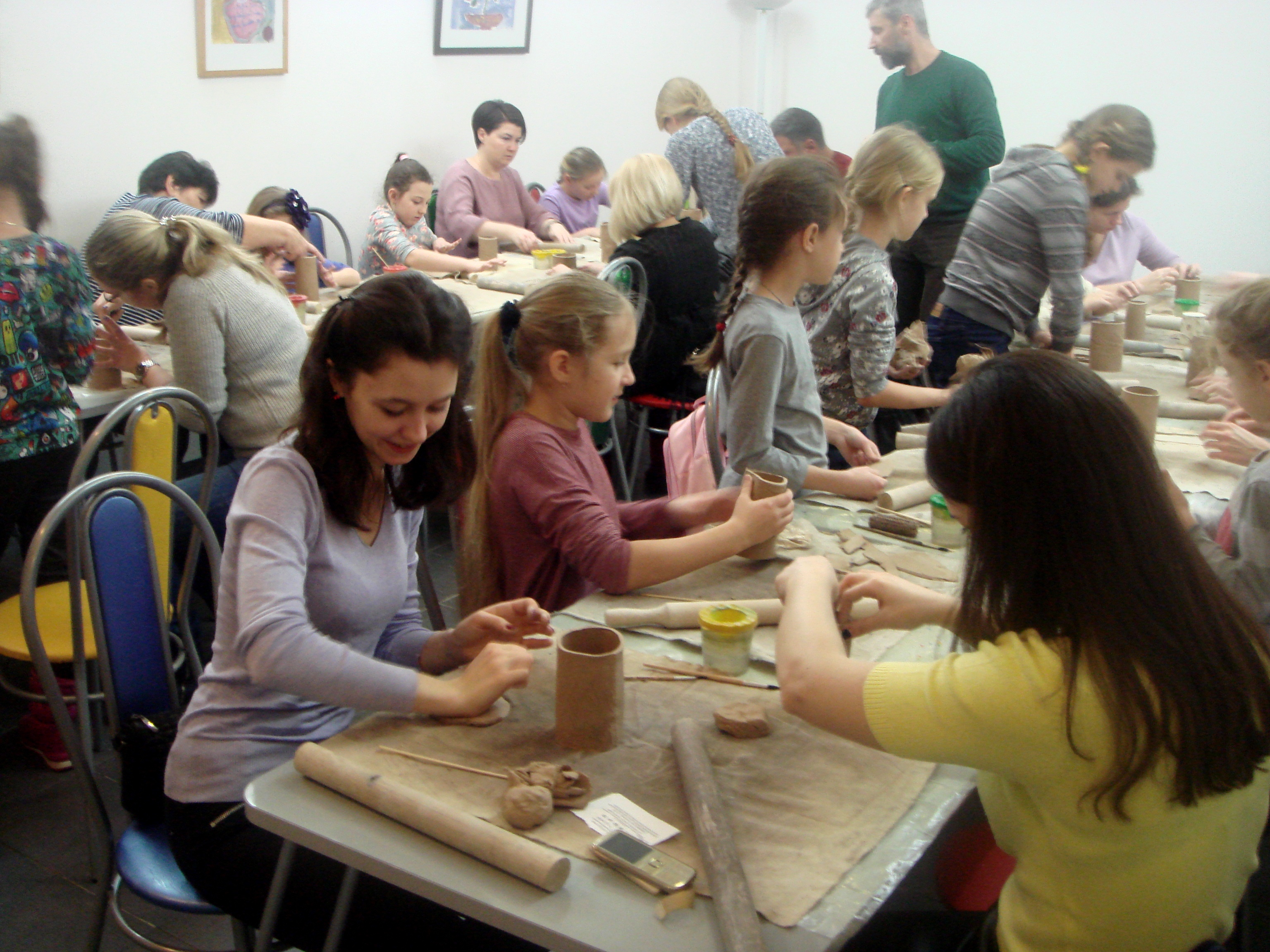
On February 4, the museum hosted a master class on the creation of decorative products.
Adults and children under the guidance of ceramist Arkady Chudakov created aroma lamps and candlesticks made of clay.
The next master class on the same topic will be held on February 10 from 15.00 to 17.00 hours.
Reference:
Arkady Chudakov – Voronezh ceramist, head of the studio “Chudokeramika” and the charitable workshop “Blagolepie”. He is engaged in ceramics for 18 years. During this time, the master developed his corporate style, embodied in a series of “wonder-lamps”. Arkady Chudakov masterfully combines in a single product fundamentally different materials: papier-mache and ceramics, while achieving the effect of “airiness” from both materials.
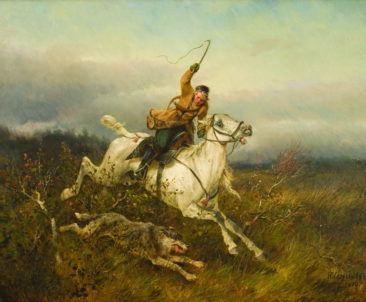
Nikolai Egorovich Sverchkov is a Russian battle and genre painter, academician and professor.
The future artist was born in the family of a servant of the court stables department. Nikolai began to paint as a child and quickly achieved remarkable success, especially in depicting horses, which he loved very much. Father, seeing his son’s penchant for drawing, identified him in the School of Education at the Academy of Arts and, although the study had to be interrupted due to illness, the young artist continued to seriously engage in self-education and study the work of masters of painting.
Gradually Nikolay Sverchkov developed his abilities to such an extent that in 1839 he dared to send the first pictures to the academic exhibition: “Self-portrait”, “Ezdok”, “Italian with a guitar” and “Portrait of the Maiden Sverchkova.” Success was evident, and he was awarded the title of free artist of portraiture.
In addition to portraits, the artist continued to write works depicting horses. The gift of an animal painter, the ability to portray scenes with horses in a truly truthful and free manner, helped Sverchkov take the place of the artist of the Khrenov and Chesmen state stud farms, which were the largest in Russia. In this post he created a whole gallery representing thoroughbred horses. Having become famous for his knowledge of the breeds and the ability to convey their characteristics, Sverchkov began to receive orders from well-known horse breeders. He traveled Russia from end to end, learned the customs of the province and embodied them in genre sketches.
Since 1844 the artist’s works began to appear at annual academic exhibitions and soon drew general attention to him. In 1852, for the painting “The landlord troika crosses the carts all the way along the big road” Sverchkov received the title of academician, and in 1855 for the painting “The Cargo Crew” – the professorship.
A significant place in his work was occupied by scenes from the hunting life. He wrote a lot of pictures touching this topic.
In the early 1860’s. Sverchkov made a trip abroad, having visited Paris, London and Brussels, where his exhibitions were a great success.
A new genre in the artist’s work was the battle scenes, which are devoted to the events of the Russian-Turkish war.
During his life, the artist painted 350 paintings, created 1000 drawings and 12 sculptures.
NOT. Sverchkov died at the age of 81 in 1898 and was buried in the Kazan cemetery of Tsarskoe Selo.
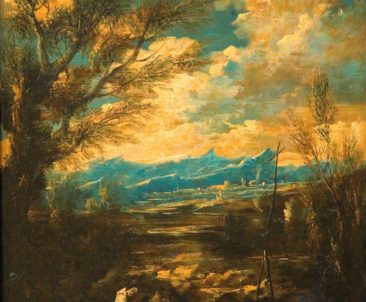
Alessandro Magnasco, like other masters of the Baroque period, painted pictures on biblical or mythological subjects, however, some critics call him “the forerunner of romanticism.” Choosing a traditional plot, the artist places on the background of carefully prescribed ancient landscapes of rogues, robbers, gypsies. Numerous heroes are caricatured, their bodies are often disproportionate, with strange dynamics of movements. But with all the sarcasm and grotesqueness, the master’s works are full of inner drama and expression.
Born Alessandro Magnasco on February 4, 1667 in Genoa in the family of the artist Stefano Magnasco. It was his father who became his first teacher. In Milan, where the young artist left after his father’s death, Francesco Abbiati becomes his mentor.
In 1703, Alessandro Magnasco left Milan and went to Florence to serve the Duke of Tuscany. In 1711, the artist returned to Milan and worked for the aristocratic families of the city. But the master will create the most brilliant and famous canvasses, returning to Genoa in 1735 – “The Scene in the Garden of Albaro”, “Christ in Emmaus”, etc.
Especially it is necessary to highlight the unusual technique of writing Alessandro Magnasco. His painting is different – this is a dynamic brushstrokes, and strokes with a brush. The paint applied in this way, without feathering, adds dynamism to the pictures, enhancing the dramatic effect. His special style, despite the genre variety of canvases, is always guessed. In each of his paintings, Manyasko created his own fantastic, ghostly world, inhabited by monks and vagabonds, strangely gesticulating and as if subordinate to some higher power. Throughout his work, the artist undergoes a long evolution, gradually expelling from his paintings the color, increasingly plunging the scene into chiaroscuro in the spirit of Titian or Tintoretto.
Followers of Magnasco were the Venetian painters Antonio Guardi and Francesco Tiepolo, who imitated his smear. Recognized during his lifetime and forgotten in the XVIII century, he gained popularity only at the beginning of the XX century. Alessandro Magnasco’s canvases are exhibited in the best museums in the world, they are also in Russia – “Bacchanalia”, “Crucifixion”, “Trapeza of Nuns” are kept in the Pushkin Museum. A. S. Pushkin.
The artist died in his hometown of Genoa on March 12, 1749.